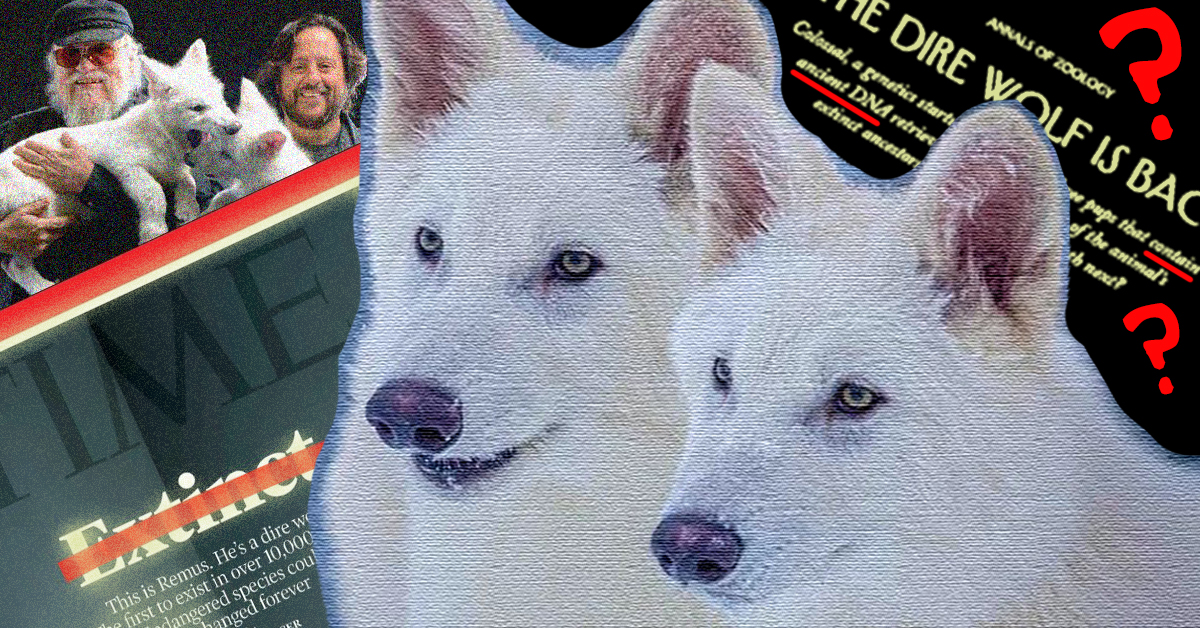As you scroll through your Facebook news feed on a lazy afternoon, your notifications icon lights up. Someone tagged you on a video: a short clip of a little dog, looking like a four-legged ball of cotton, walking on top of a pool table. The precious pup somehow manages to fall into the corner pocket, its soft, round head a perfect fit. You can’t help but giggle. As its owner helps it escape its ridiculous predicament, you move your cursor towards the heart reaction. A minute later, you find yourself searching for more dog videos, your mind lost in a sea of borks, boops, and bleps.
Halp!
Posted by Petflix on Saturday, July 21, 2018
To say that the internet is enamored of dogs — or as they’re commonly referred to these days, doggos — is an understatement.
A recent study found that in the United States, dog lovers talked about their beloved best friends on social media roughly six times a week. On Instagram, dog-related accounts comprise 22 of the 50 most-followed pet accounts in 2017 (cat-related accounts come in second, at 18). Last December, Merriam-Webster even identified “doggo” as one of its “Words We’re Watching” — a category for words that, despite seeing increased used, have yet to meet the dictionary’s standards for inclusion.
Our high level of interest in our furry companions isn’t entirely surprising. After all, evidence suggests that we’ve been living and hunting with canines for almost 30,000 years. However, our fascination with their adorable antics has reached the point where we’ve collectively and unanimously adopted a lingo system (typically referred to as DoggoLingo or doggo-speak) modeled around how we think they would speak, peppered with words like “heckin” and “pupper.”
R u doin’ me a bamboozle?! 😂
Posted by Try Not to Laugh on Thursday, May 3, 2018
One can’t help but wonder — how did we get from throwing bones to giving “boops”? And, perhaps more importantly, why?
The dawn of “doggo”
While the term “doggo” appeared in the English lexicon as early as 1907, it only saw a spike in popularity almost a hundred years later. It appeared on the popular Twitter account WeRateDogs in 2016.
Here’s a super majestic doggo and a sunset 11/10 pic.twitter.com/UACnoyi8zu
— WeRateDogs™ (@dog_rates) April 2, 2016
At that time, the term had already become frequently used in the Dogspotting Facebook group, a decade-old community of dog lovers based in Australia. In an interview with Wired, internet linguist Gretchen McCulloch attributed this to Australian English’s proclivity for hypocorisms (pet names): “Like ‘afternoon’ becomes ‘arvo,’ or ‘avocado’ becomes ‘avo,’ or John becomes ‘John-o’.”
With regard to how and why the DoggoLingo trend — and the trend of dog videos and memes — exploded on the internet, McColloch offers two explanations. One is the decidedly apolitical, “feel-good” vibe of dog videos in general, a welcome respite for many in an increasingly politically-charged world. Another reason is the smartphone boom, which made it easier for dog owners to take and share pictures and videos of their pets.
the best boy!
Posted by Smosh Bits on Tuesday, March 6, 2018
Why we heckin’ love puppers
One question still remains: Why do we derive such satisfaction from watching dog videos?
Research has shown that the human brain responds a bit differently to animals compared to, well, everything else. Cells in the amygdala, the section of the brain primarily associated with emotions, respond at the sight of animals, especially threatening ones (which explains why snakes, lions, and even other human beings just rub us the wrong way).
In the case of dogs, we tend to be more concerned about them than about other human beings, partly because we see them as more vulnerable.
Interestingly enough, they seem to be well aware of this fact, too. A study has revealed that dogs tend to be more emotive when humans are looking at them.
Meanwhile, there’s also evidence that staring at photos of cute animals at work can actually make us more careful and focused. While that does make for a convenient excuse, don’t let your bosses catch you doing that. They might think you’re doing them a bamboozle.
doge
Posted by Daily Doge on Sunday, May 6, 2018
References
- Kaminski J, Hynds J, Morris P, Waller B. Human attention affects facial expressions in domestic dogs. Scientific Reports. 2017; 7(12914). https://doi.org/10.1038/s41598-017-12781-xDO
- Kaplan S. Dear Science: Why do we love our pets?. The Washington Post. https://www.washingtonpost.com/news/speaking-of-science/wp/2017/02/06/dear-science-why-do-we-love-our-pets/?utm_term=.3af9a7982841. February 6, 2017. Accessed August 27, 2018.
- Levin J, Arluke A, Irvine L. Are People More Disturbed by Dog or Human Suffering? Society & Animals, 25, 1-16 (2017), DOI:https://doi.org/10.1163/15685306-12341440
- Merriam-Webster. Words We’re Watching: ‘Doggo’. https://www.merriam-webster.com/words-at-play/words-were-watching-doggo. December 28, 2017. Accessed August 27, 2018.
- Mormann F, Dubois J, Kornblith S, Milosavljevic M, Cerf M, Ison M, et al. A category-specific response to animals in the right human amygdala. Nature Neuroscience 14: 1247–1249. https://doi.org/10.1038/nn.2899
- Nittono H, Fukushima M, Yano A, Moriya H (2012) The Power of Kawaii: Viewing Cute Images Promotes a Careful Behavior and Narrows Attentional Focus. PLOS ONE 7(9): e46362. https://doi.org/10.1371/journal.pone.0046362
- Philips O. The numbers don’t lie: Dogs are the internet’s favorite animal. The Outline. https://theoutline.com/post/3128/dogs-cats-internet-popularity?zd=2&zi=5fdbpk3i. January 30, 2018. Accessed August 27, 2018.
- Spector N. Social Media Users Post About Their Dogs Six Times Per Week. NBC News. https://www.nbcnews.com/tech/social-media/social-media-users-post-about-their-dogs-six-times-week-n708751. January 19, 2017. Accessed August 27, 2018.
- Valdez, A. Meme’s Best Friend: The Rise of Doggo. WIRED. https://www.wired.com/story/rise-of-doggo/. January 10, 2018. Accessed August 27, 2018.
Author: Mikael Angelo Francisco
Bitten by the science writing bug, Mikael has years of writing and editorial experience under his belt. As the editor-in-chief of FlipScience, Mikael has sworn to help make science more fun and interesting for geeky readers and casual audiences alike.







